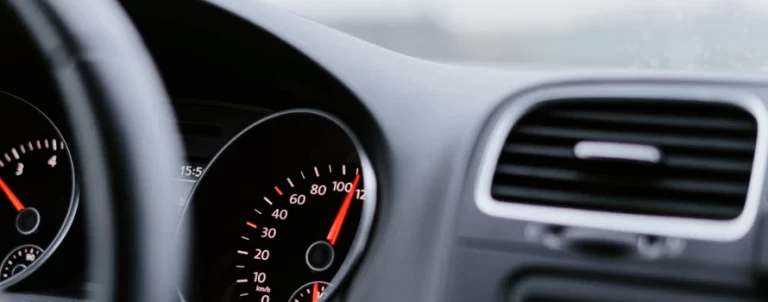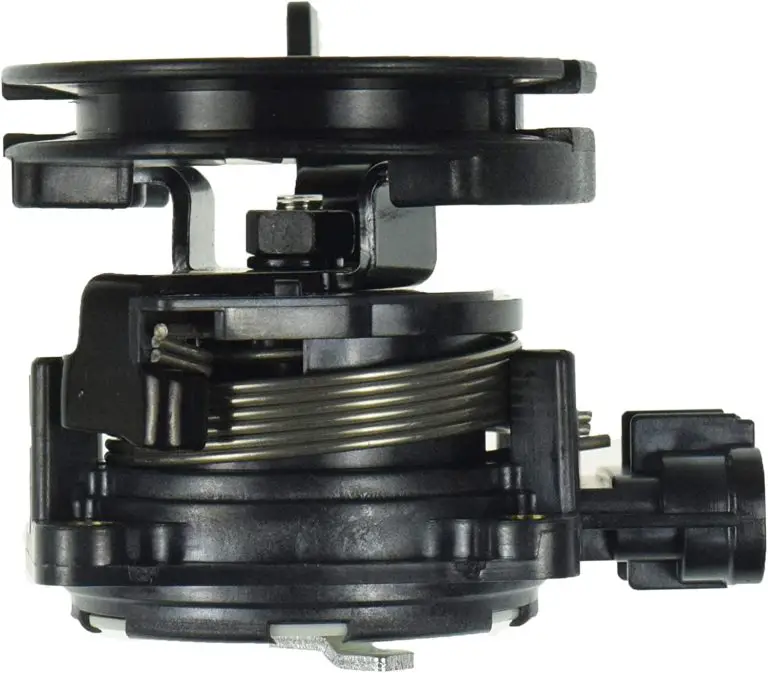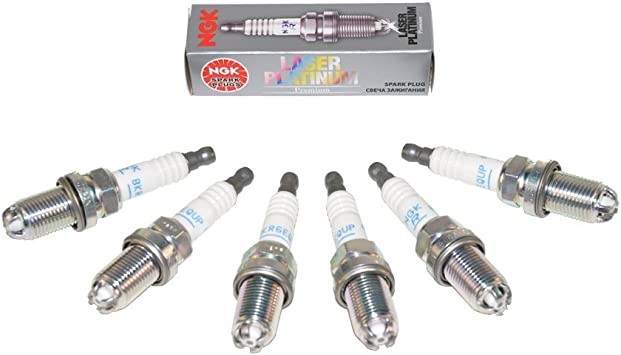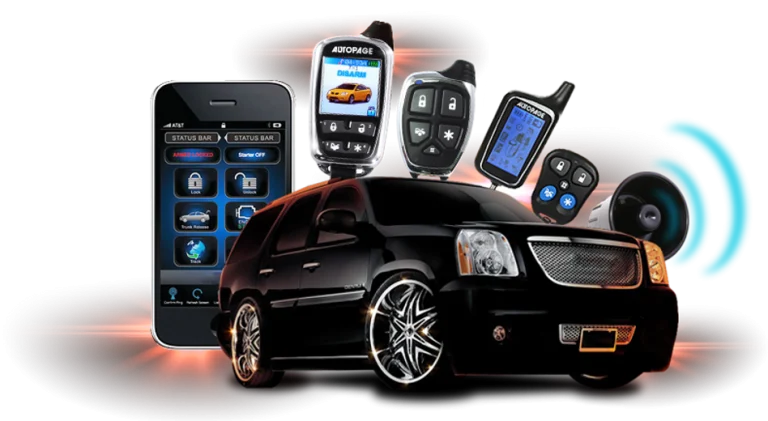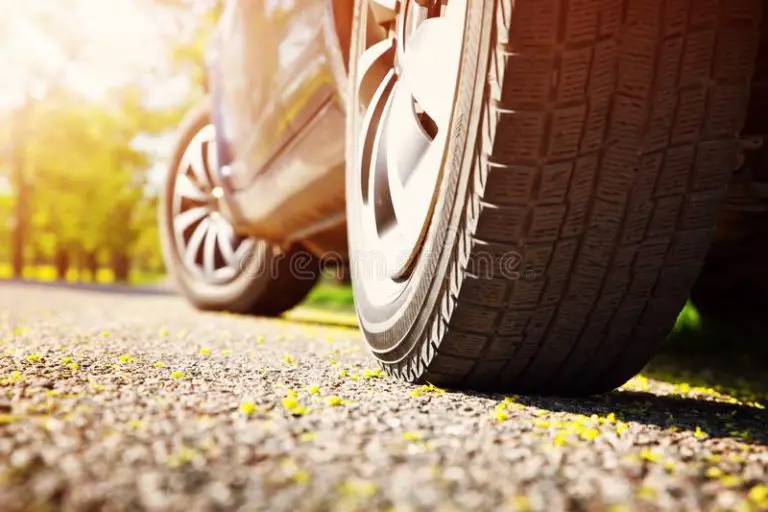When Replacing Struts What Else Should Be Replaced?
Does going over a speed bump make you feel like a bronco?
Is every joyride rough no matter how smooth the road is? It is likely time to replace the shocks and/or struts in your car.
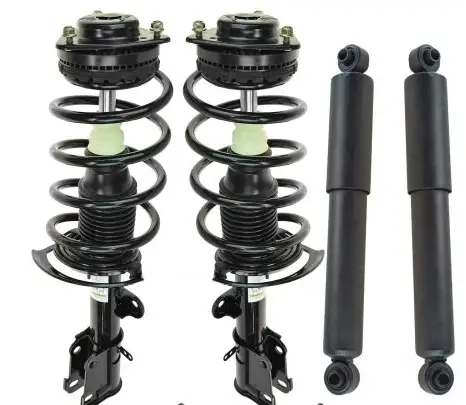
What Is The Use Of Shocks & Struts?
A vital part of your vehicle’s suspension system is the shocks and struts. The other components in your suspension system work with them to ensure a stable ride.
Safe handling is hampered by bouncing, swaying, and other movements that can be mitigated by the use of shock absorbers and struts.
The weight of your car is kept balanced and stable over bumps and turns.
Difference Between Shocks and Struts
There are some major differences between the two types of shocks. You can’t replace shocks with struts if your vehicle needs them.
The shock absorbers help the springs absorb the impact of the road. The vehicle would bounce out of control if there were no shocks. They help keep the tires in contact with the road, instead of bouncing up in the air.
The shock absorber and coil spring components are put together into a single unit to form a strut.
Structural support can be provided by the struts, in addition to absorbing bumps and jolts.
They don’t require the upper control arm and upper ball joint that are required in conventional suspensions.
How to Identify If a Vehicle Has Shocks or Struts?
There will be either a shock or struts on the wheel. They come in pairs, if you have a shock on the rear left wheel, you will also have a shock on the rear right wheel.
Your vehicle may have shocks on one side and struts on the other side.
Most modern vehicles have shock absorbers on the rear and front of the vehicle. It’s rare to have only shocks on both of the vehicles.
There are three easy ways to find out if your vehicle has shocks or not.
- Information about your specific model’s suspension setup should be included in your owner’s manual.
- If you know what you are looking for, you should be able to see whether your vehicle has shocks or struts connected to each wheel.
- During your next vehicle service, ask your technician if you can ask.
- They will be able to tell you if the shocks/struts need to be replaced, and also determine which component your vehicle has.
Replace Shocks & Struts
Every 50,000-100,000 miles shocks and struts wear out. They will wear out faster if you are a more aggressive driver or frequently drive on rough roads.
When it comes to shocks and struts, they don’t go out all at once.
You may not notice that your suspension is bad until things go from bad to worse. There are four main signs that you need to replace shocks and/or struts.
Bumpy, Rough Ride
Do you feel like you could lose control of the car when you hit a bump? Does your vehicle bounce frequently? It is easy to notice a rough, bumpy ride.
Leaking Fluid
Something is not right if the fluid on the shocks/struts is leaking. The shock absorbers will not be able to absorb impacts if they don’t have enough fluid.
If you don’t know if the liquid on your suspension is coming from the shocks or an old fluid leak, wipe it off and then check it again after you’ve driven at least a few miles.
Uneven Treadwear
Cupping, or wavy dips on the tire tread, is a sign of worn shocks and struts. It is caused by the tires not being firmly held to the road. Cupping can shorten the usable life of your tires.
Instability When Braking or Turning
When you hit the brakes, do your car nosedive? Or to sway on turns?
The shocks and struts are not able to handle the changes to the vehicle’s weight distribution. When your suspension is bad, it will take longer to stop.
Replacing shocks and struts when they are worn down is important for driving safety and will prevent damage to other vehicle components.
The safety systems in vehicles help improve handling and stability and prevent accidents. T
The anti-lock brakes, stability control system, traction control system, automated braking, and other features work together to keep you safe.
In an emergency, if your shocks and struts are in poor condition, they may not respond.
Replacing Shocks & Struts
The best way to know when it’s time to replace your shocks and struts is to have a qualified technician inspect your suspension whenever you notice any of the above signs.
It’s recommended that you have your car suspension checked at least once a year.
It is better to replace the shocks/struts on all four wheels at one time than it is to replace them in pairs.
Reliable handling and a consistent response on both sides of the vehicle are maintained by this.
We always recommend getting an alignment after you have your suspension work done. Changes in your suspension can also affect the vehicle’s wheel alignment.
Even minor changes to wheel alignment can have serious consequences down the road, such as accelerated tire wear, more suspension problems, and difficult handling.
Bring your vehicle to Virginia Tire & Auto for reliable, trustworthy service at competitive prices, even if you just need your suspension inspected.
Drop by any of our locations to speak to one of our certified technicians.
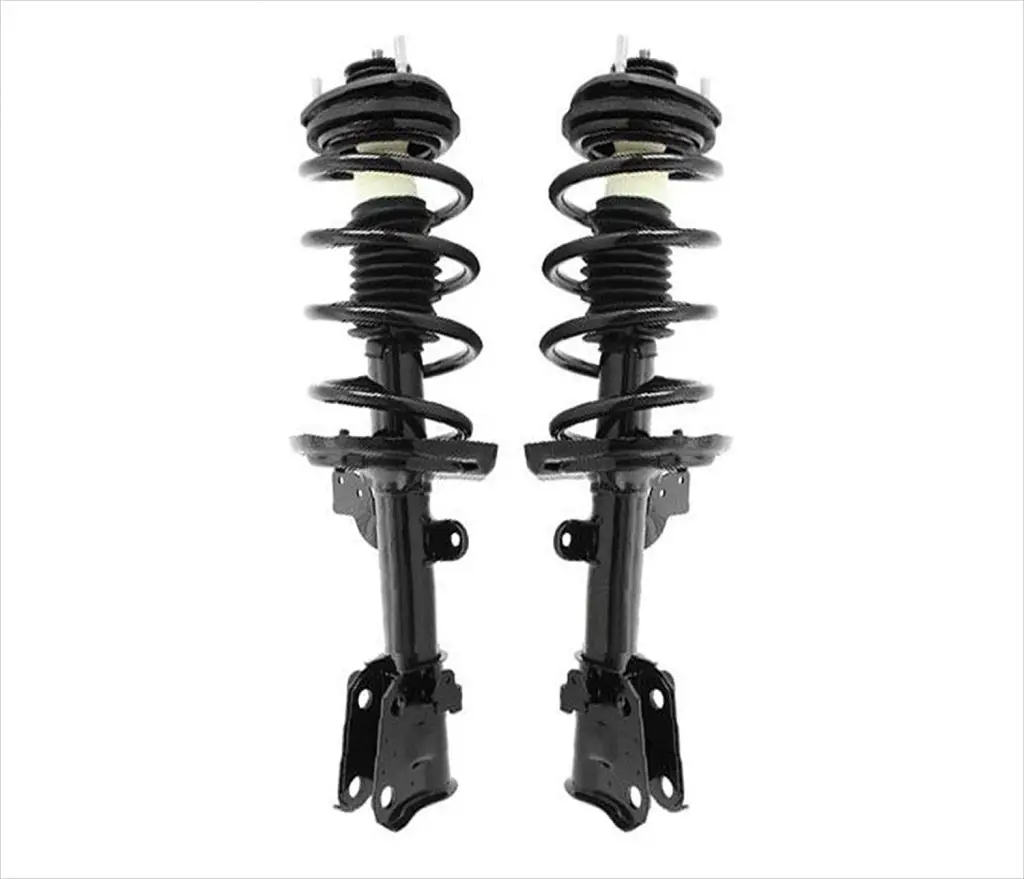
When Replacing Struts What Else Should Be Replaced?
Your vehicle’s struts are responsible for keeping your suspension system working properly.
Therefore, when replacing struts, you must replace all parts of your suspension system.
In addition to struts, your vehicle’s shocks, springs, bushings, and even tires are vital components of your vehicle’s suspension system.

Truck driver by profession, automotive lover by heart. Ricky is the main publisher and editor at Truckile.com sharing his life-long knowledge and experience in the auto industry and truck driving!

